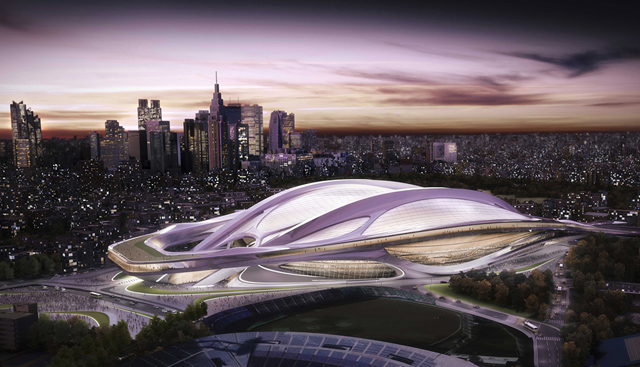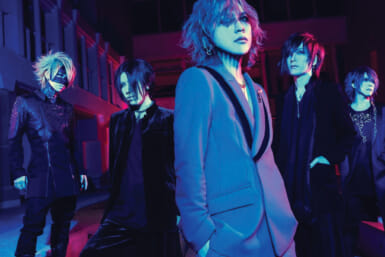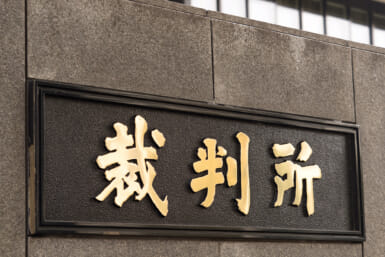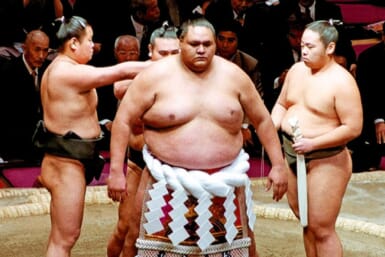It seems like Japan is pulling out all the stops for the 2020 Tokyo Olympics, a grand stage where it could best showcase its capability as a host nation, which was last seen in the Summer Games in 1964.
But some are saying Japan may be going too far after Tokyo unveiled plans for a 80,000-seat, futuristic multi-billion stadium designed by award-winning British-Iraqi architect Zaha Hadid.
Construction costs for the envisaged National Stadium, which will replace the smaller 54,000-seat stadium used for the opening and closing ceremonies of the 1964 Tokyo Olympics, will reach about 300 billion yen ($3 billion).
Japanese officials and prominent architects said the megastructure to be built in Shinjuku Ward, Tokyo, should be scaled down.
Olympic minister Hakubun Shimomura told the Diet on Thursday that the project had “too massive a budget” and that “it’s necessary to examine ways to scale down.”
“Urban planning must meet people’s needs,” he said, adding they will keep the design, which includes a retractable roof and movable seats.
“We’ll keep the original design. The stadium will fit the criteria of the International Olympic Committee, but the surrounding facilities will be downsized.”
However, Japanese architects opposed Hadid’s design. Fumihiko Maki, a recipient of the prestigious Pritzker Architecture Prize, criticized the new stadium’s “enormous” size and urged that it be reworked to “a more sustainable stadium.”
Some 100 experts, including architects, supported Maki’s view and questioned whether the new stadium was environmentally responsible or practical.
The Japan Sports Council, which operates the National Stadium, accepted designs from around the world for a new stadium, is expecting a total construction cost of 130 billion yen. Hadid beat out 45 other architects in the international competition that was held in November 2012.
The judging panel said of Hadid’s design, “The entry’s dynamic and futuristic design embodies the messages Japan would like to convey to the rest of the world.”
Zaha Hadid Architects said the venue is flexible and can be used for events beyond the Olympics, such as concerts. The firm also said it was open to design changes.
By Maesie Bertumen
Image: The National Post









